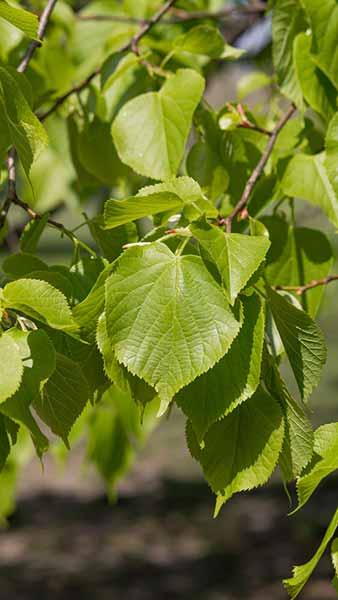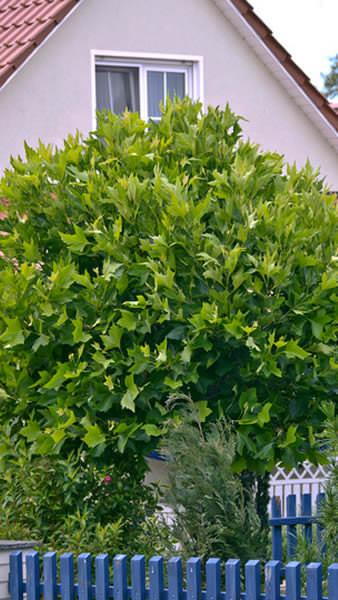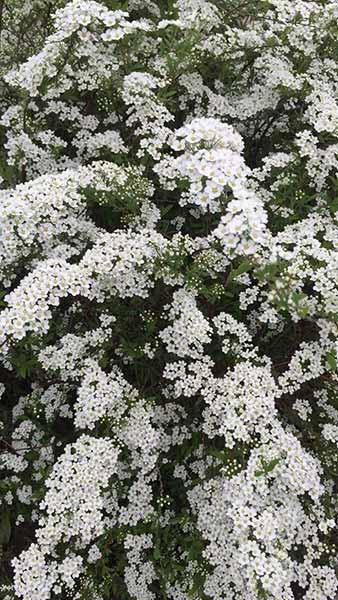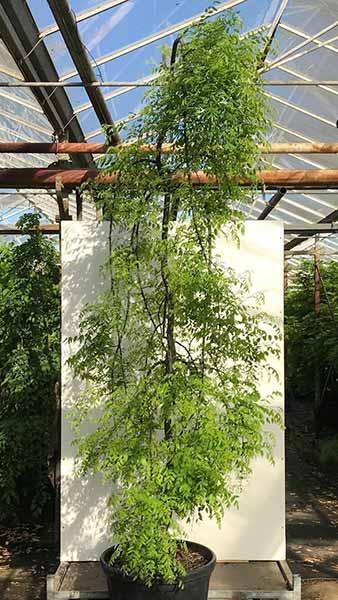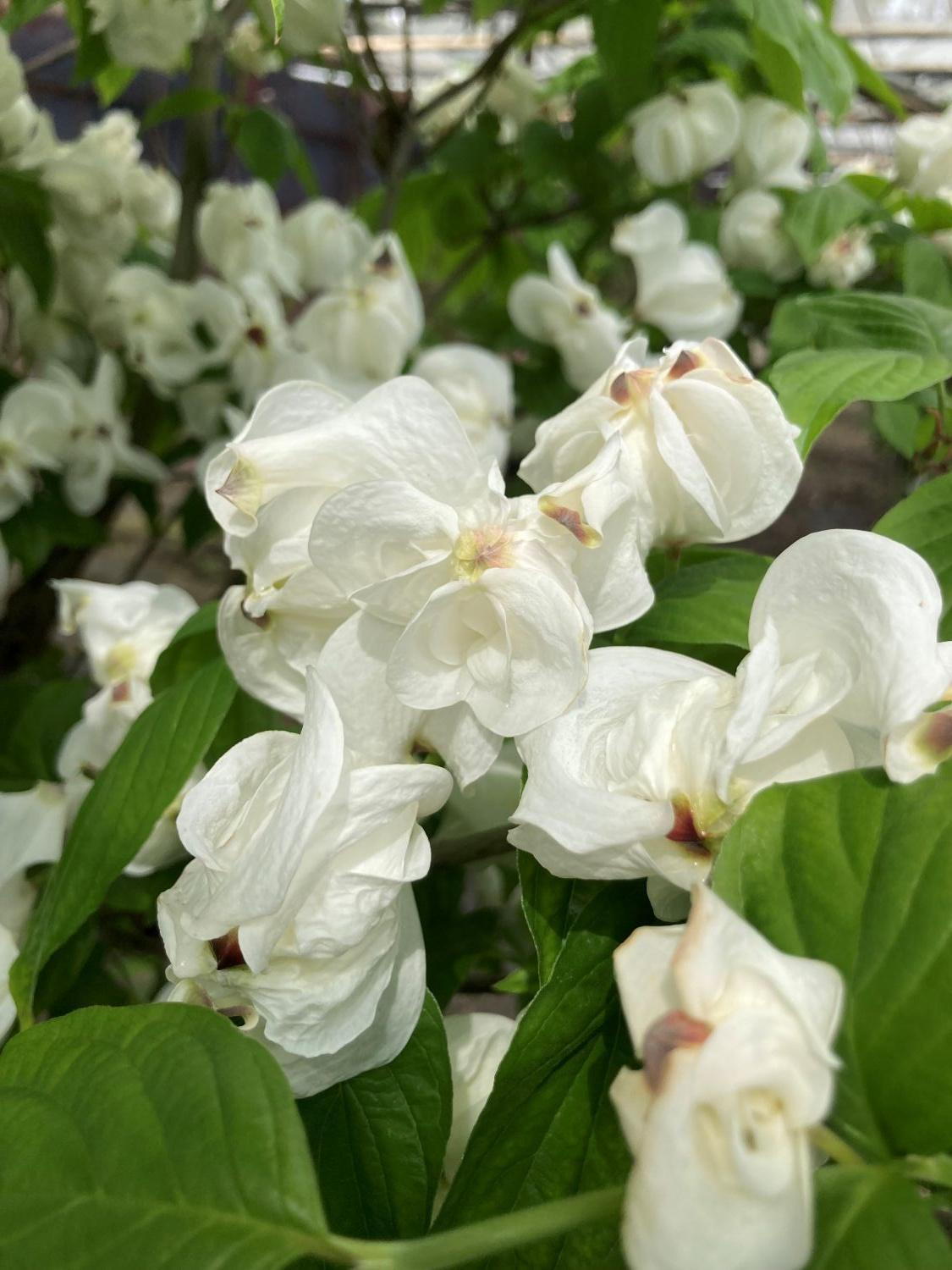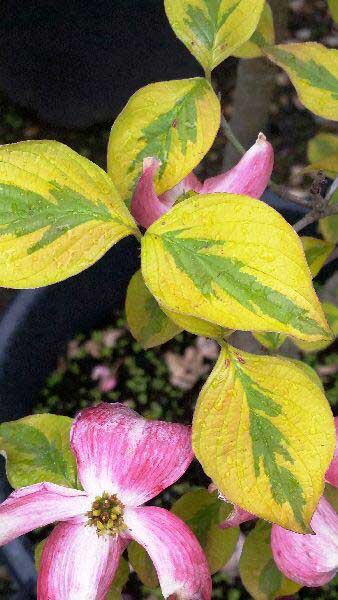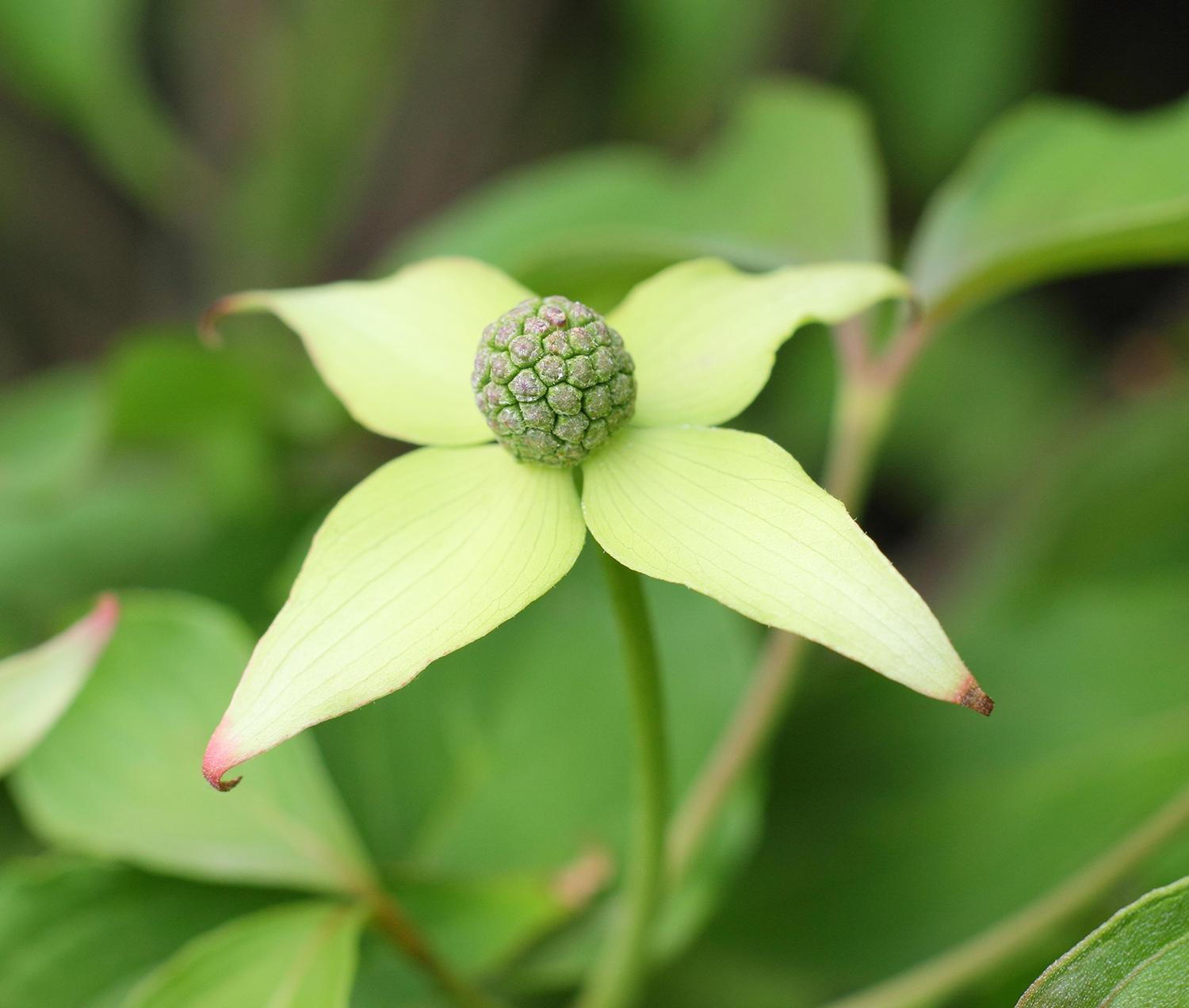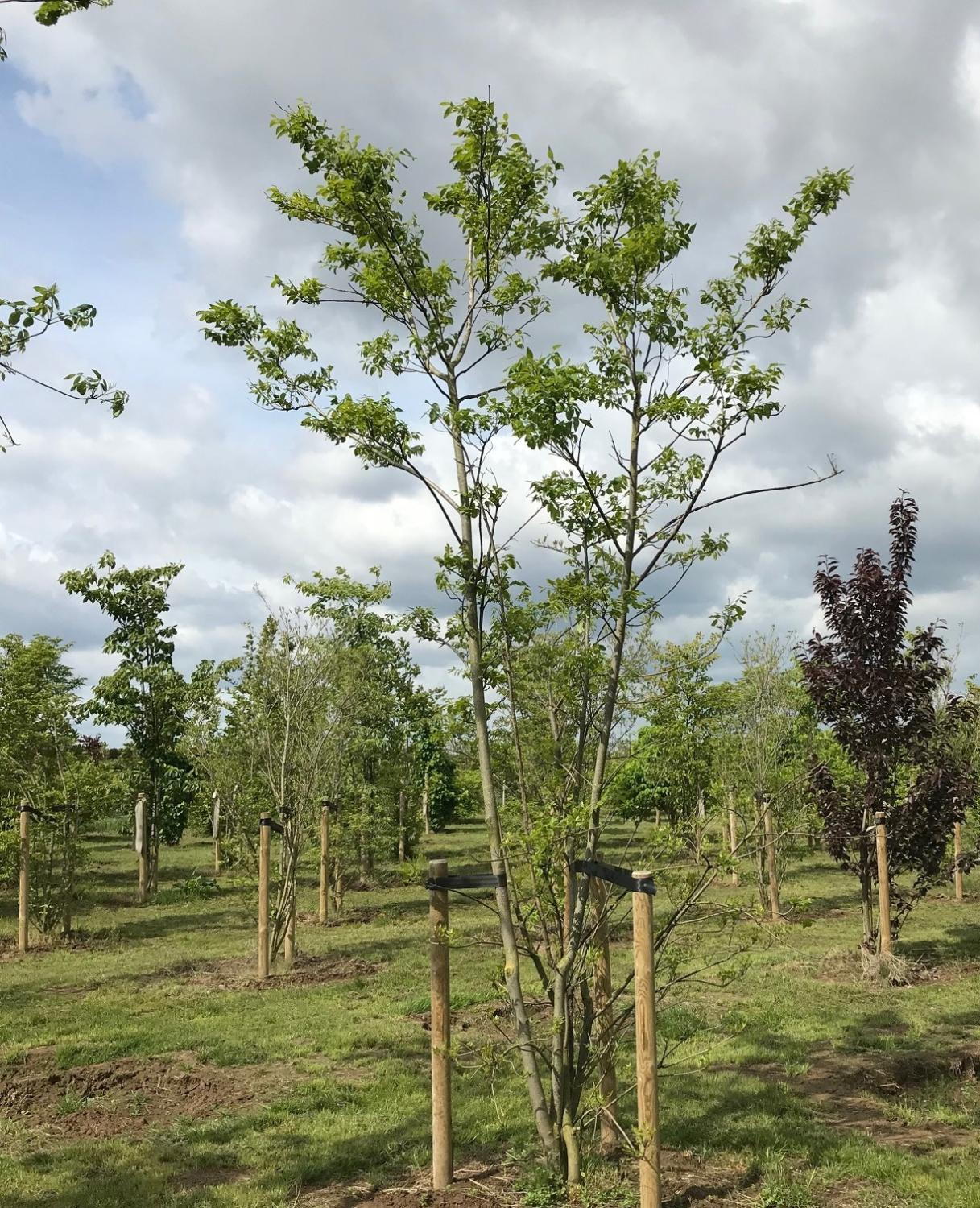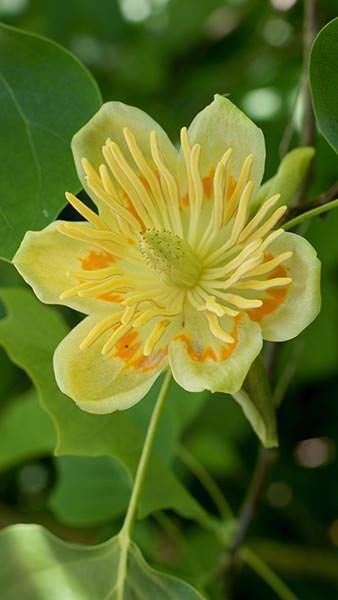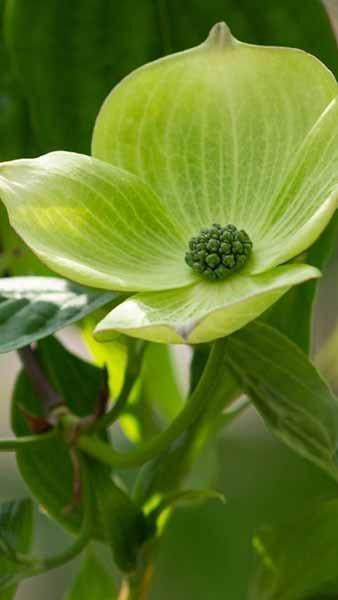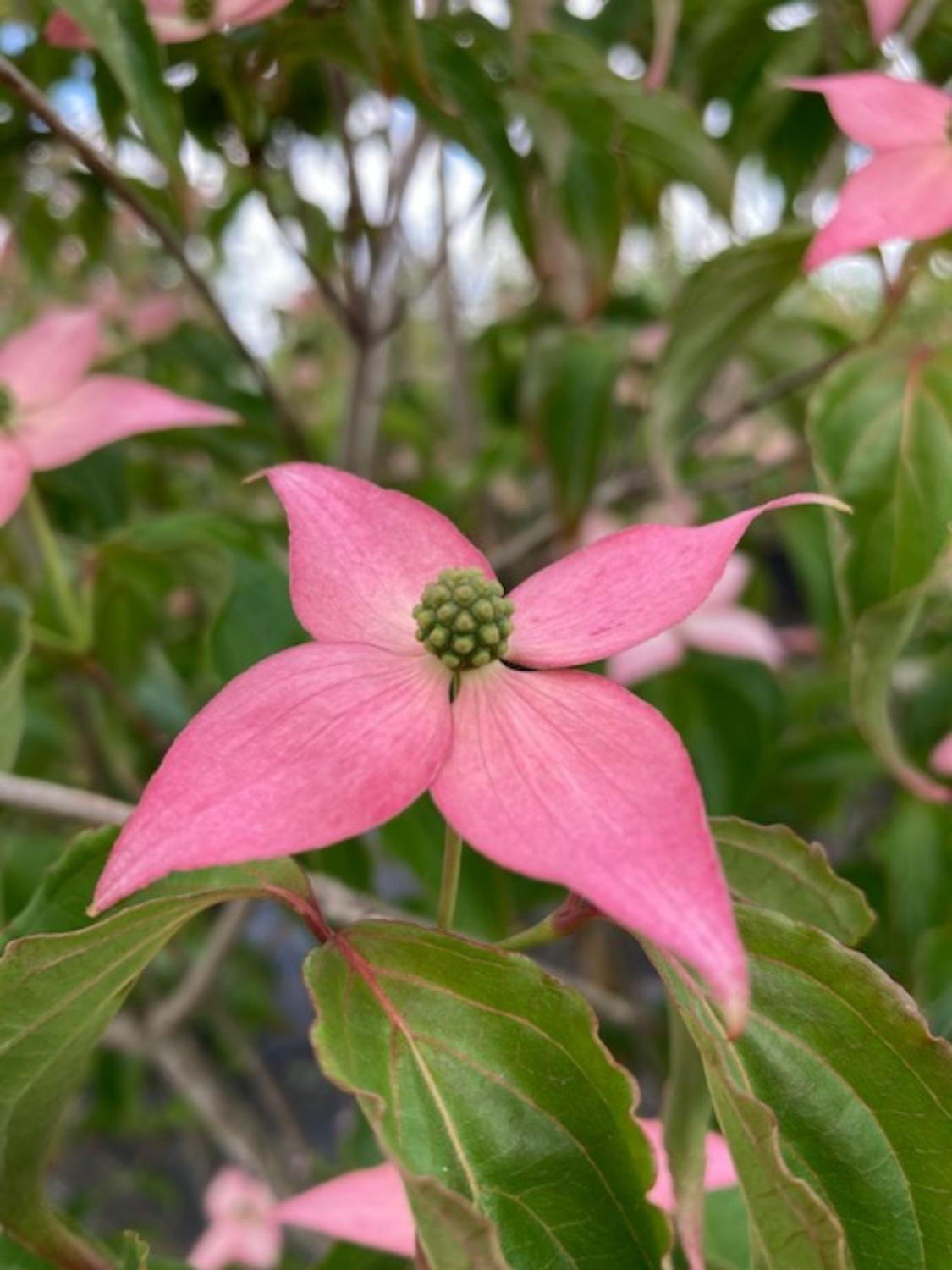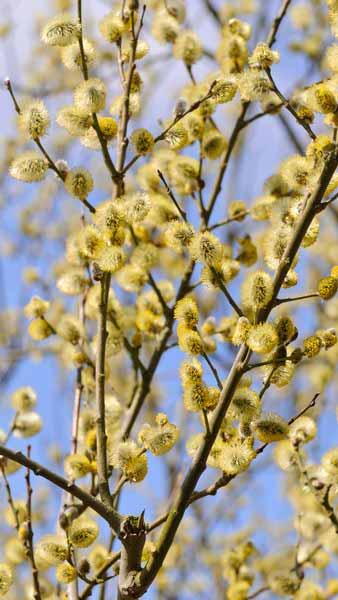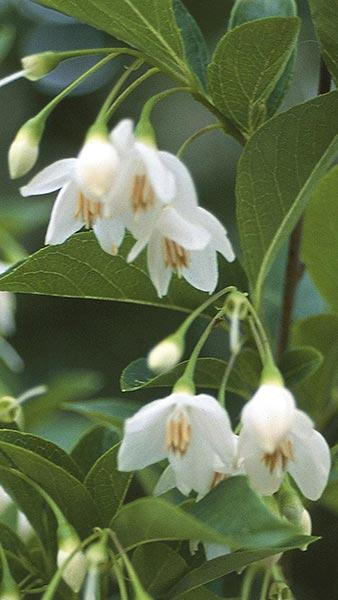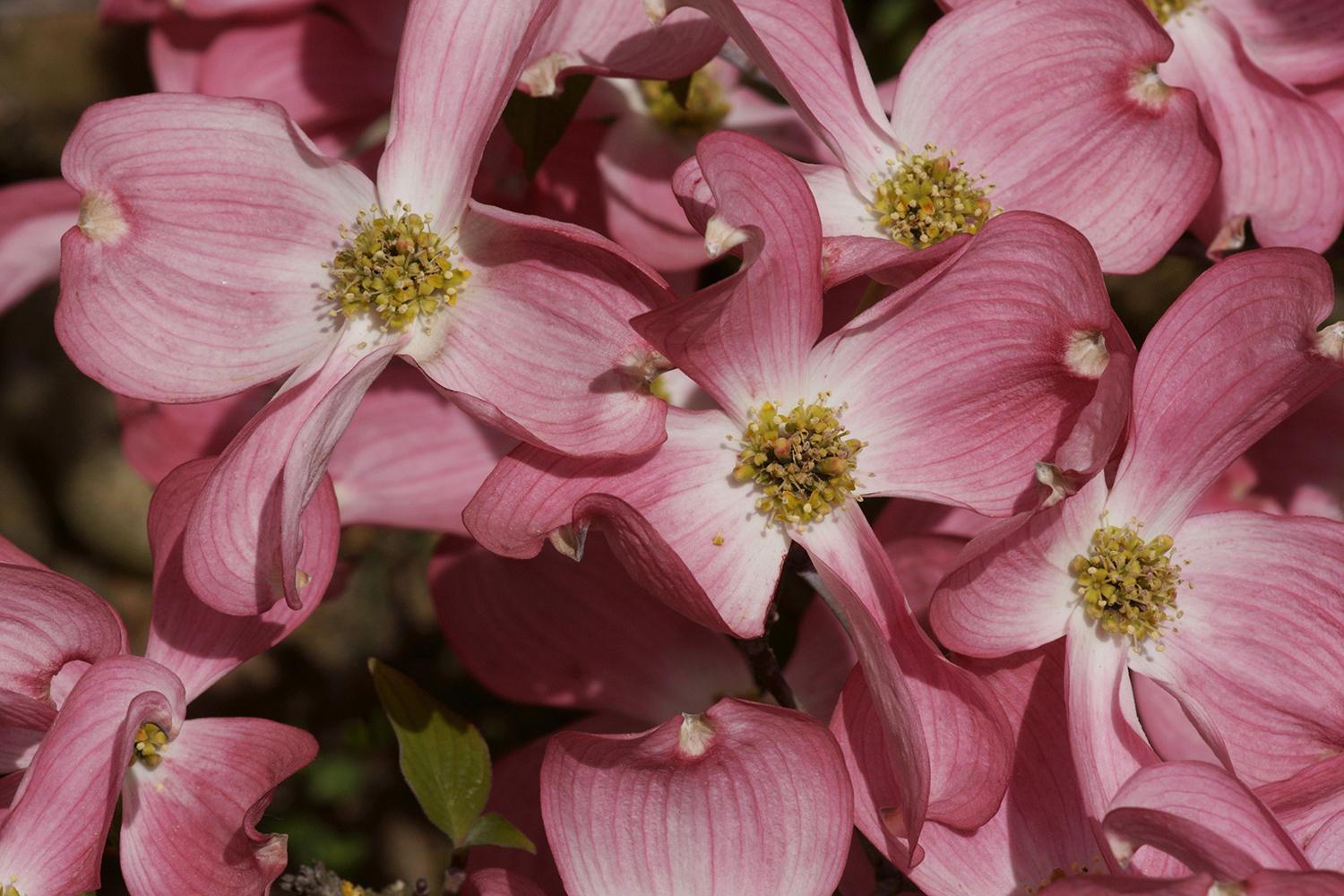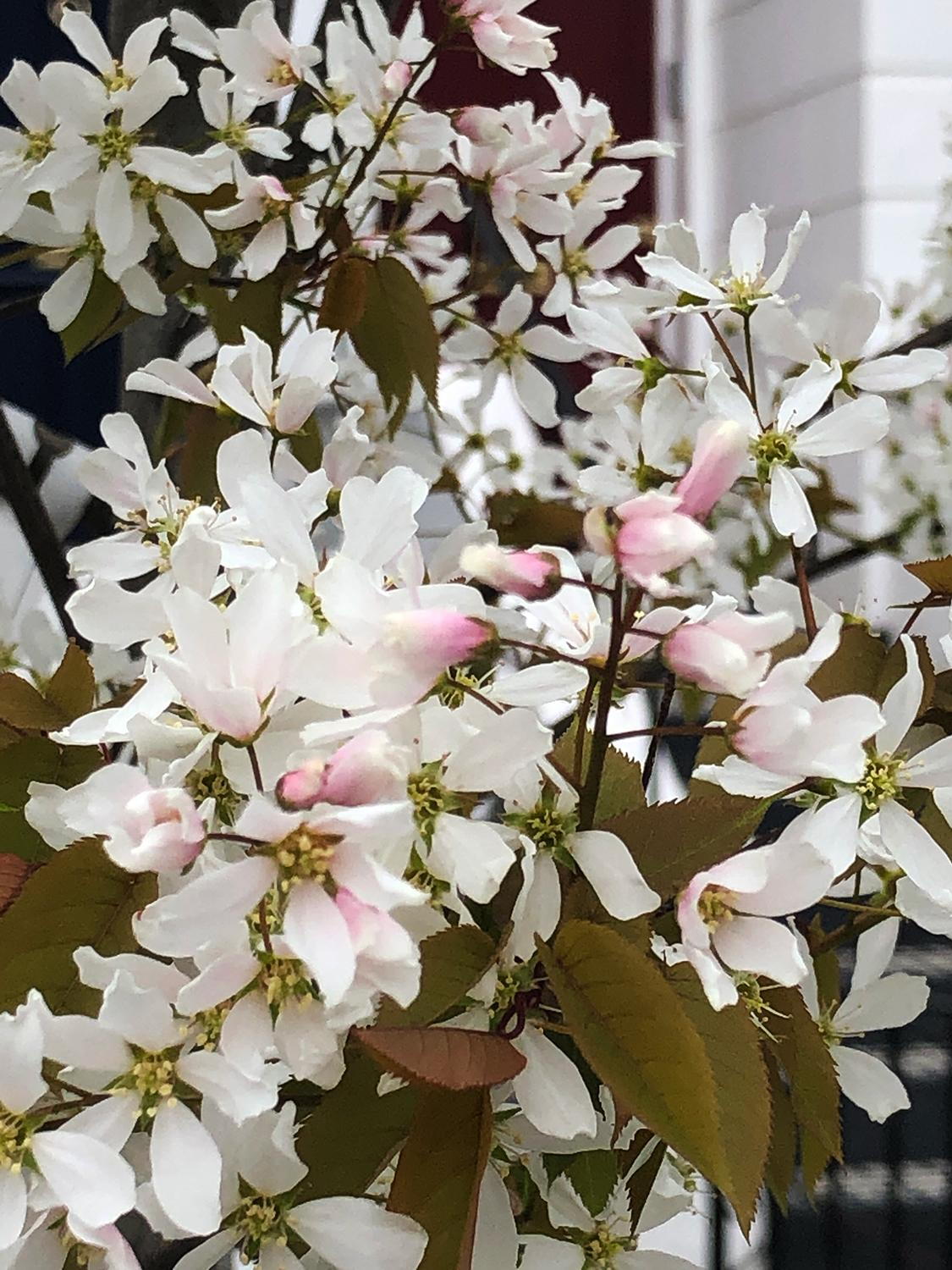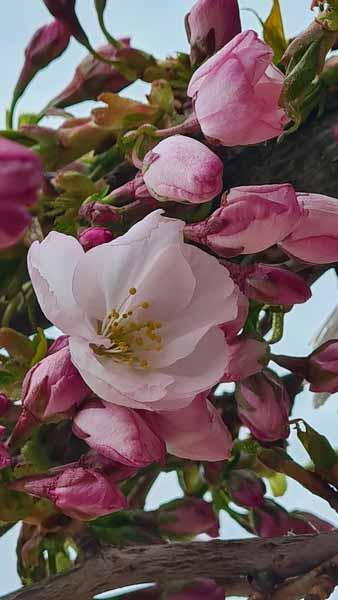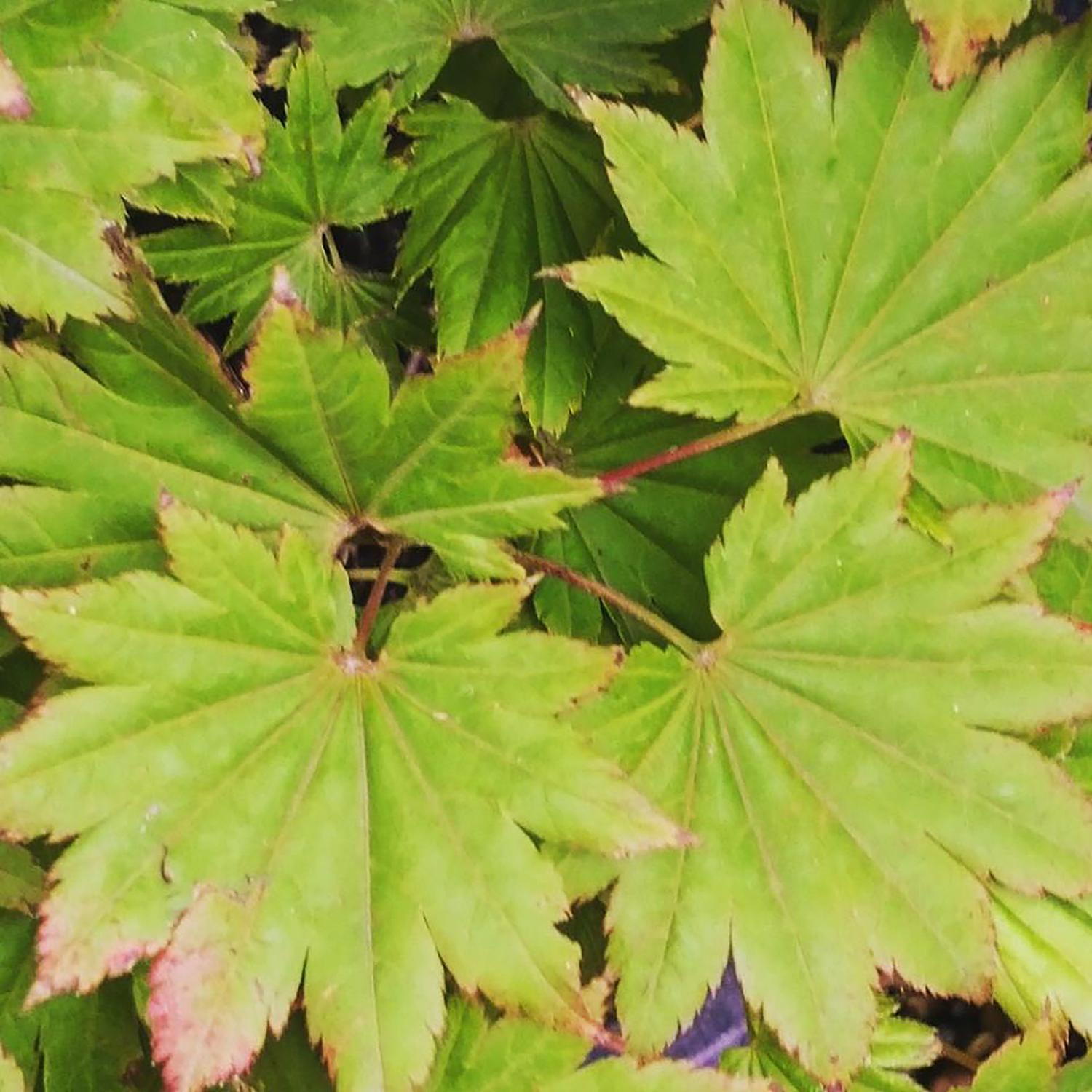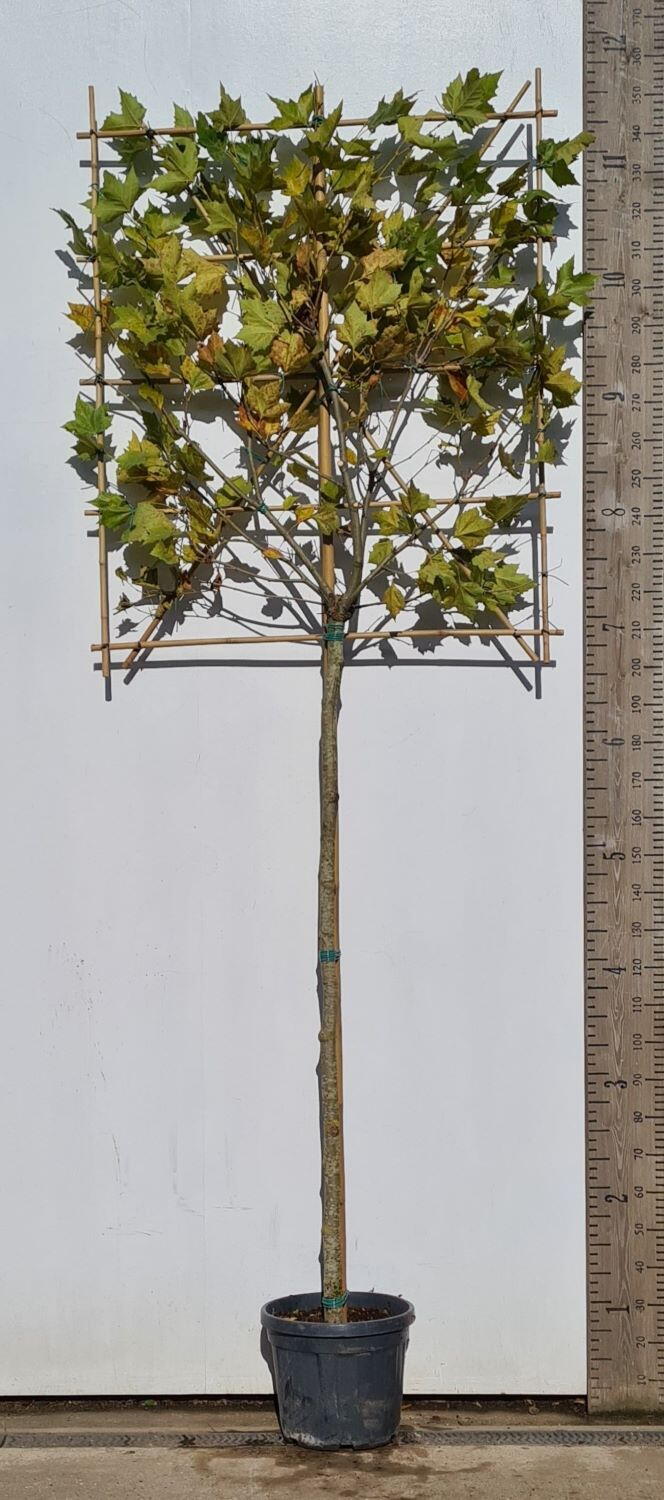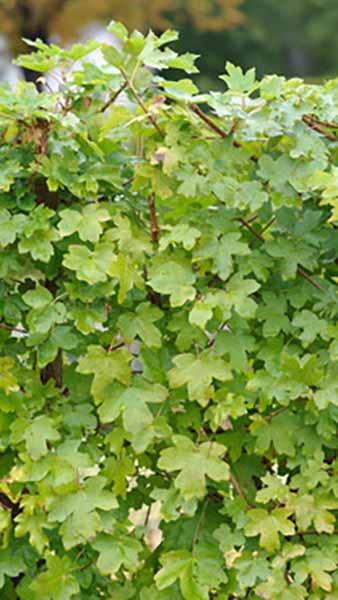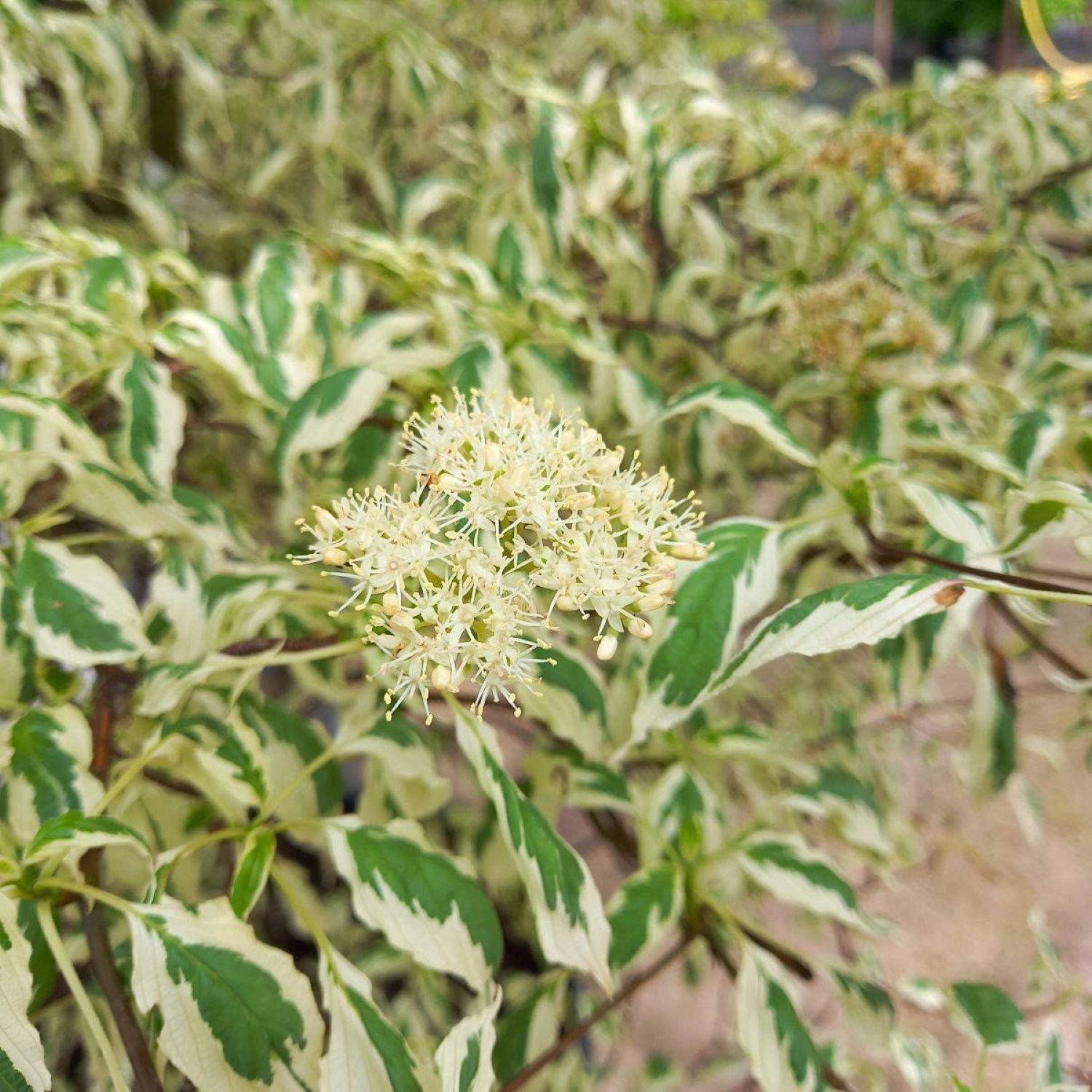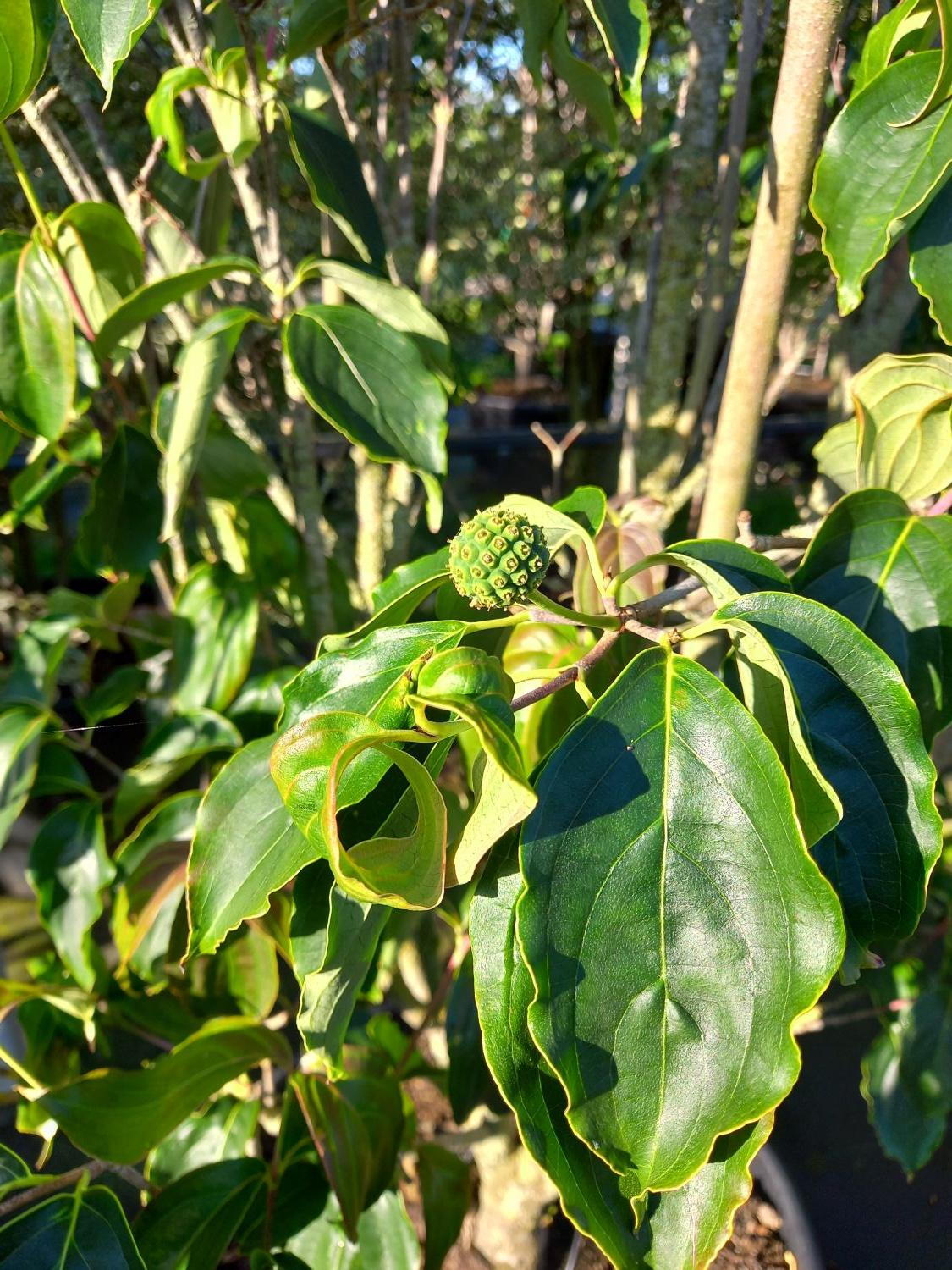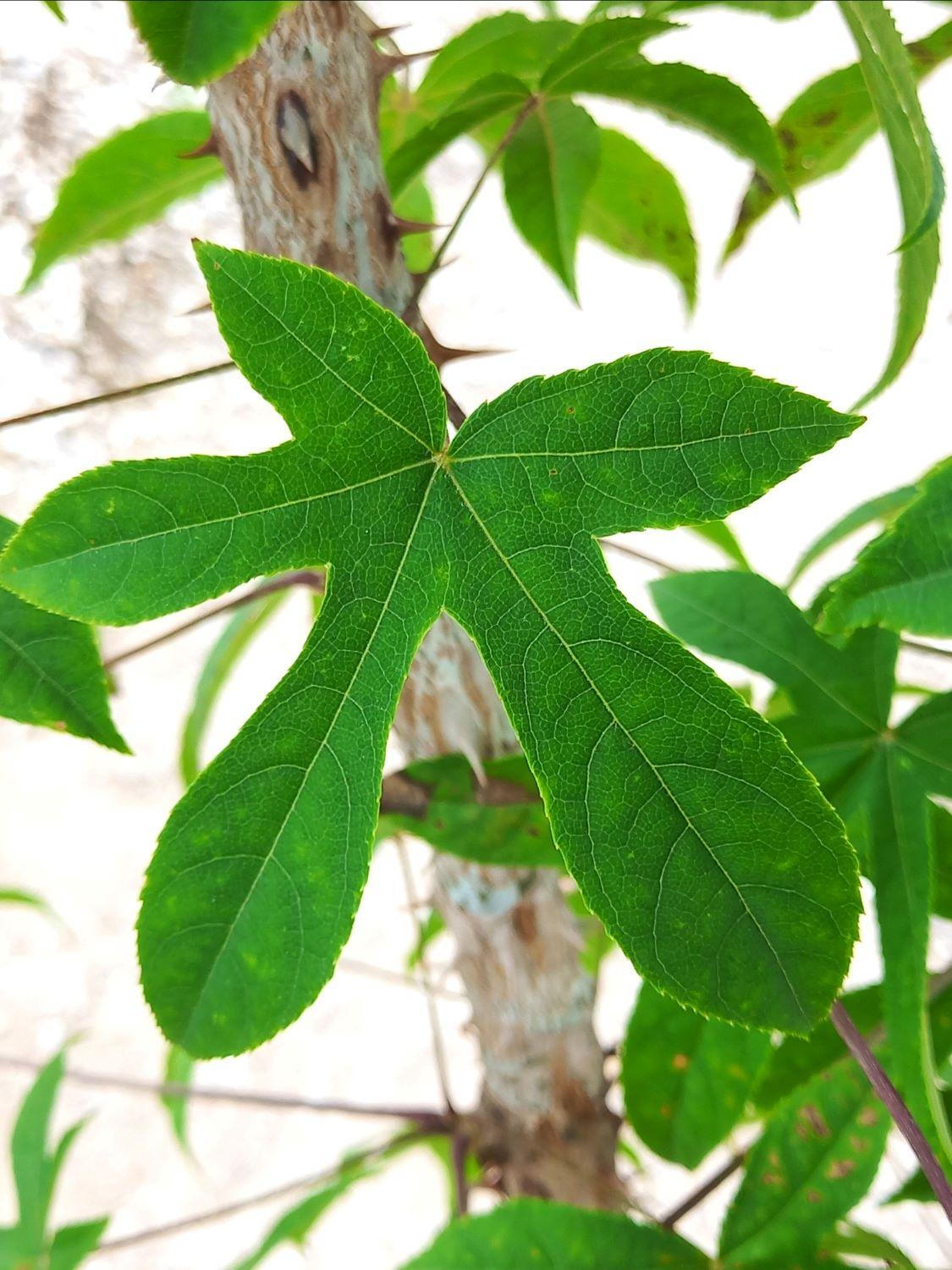Crataegus Monogyna Stricta Hawthorn Stricta for Sale Online
Crataegus Monogyna Stricta or Hawthorn StrictaSynonymous with Crataegus Monogyna Fastigiata, Crataegus Monogyna Stricta is an upright form of hawthorn with erect branches and columnar habit. Tough and adaptable, this attractive, ornamental small tree is an excellent candidate for growing in exposed places, as a hedge or a screen.The hybrid cultivar Stricta is a variety of the native common hawthorn Crataegus Monogyna. Apart from its distinct fastigiated form, Hawthorn Stricta does not differ much from its parent. The foliage is deeply lobed, dark green until autumn when it matures to lovely yellow and orange tones. In May, a profusion of small, white, fragranced blossoms appears. Borne in umbels, they attract pollinators and are followed by small fruit, better known as haws. The fruit ripens to deep red in the autumn and is a favourite with birds. Even though the fruit is not edible while raw, it is often used in preparation of jams and jellies.Robust and sturdy, this cultivar fares well in a variety of conditions. As long as the soil is well-drained, in full sun to dapple shade, it will thrive. Exposed locations, harsh winds, and salt sprays will not bother this tree, which is why it is considered to be a good choice for coastal gardens.Originating from a European native, the Crataegus Monogyna Stricta variety is well accustomed to our climate. Fully hardy in the United Kingdom, this columnar tree will fare well even during harsher winters and strong frosts.With an average growth rate, Hawthorn Stricta can grow to be up to 10 metres high and approximately 3 metres wide. Compared to the majority of fastigiated trees, this variety can be considered small, and it is an excellent ornamental tree for small gardens.Easy to grow and to care for, this elegant tree needs little care to be in its best form. Prune the tree during its dormant phase, over the winter months, removing any dead, damaged, or congested shoots. As the cultivar matures, its branches tend to start drooping slightly, but routine trimming should keep the habit tight and erect as usual. Fairly compact, with dense, fastigiated form, Crataegus Monogyna Fastigiata is ideally suited for a tall, stately hedge in small gardens. Offering multiple seasons of interest and adding structure and texture to the landscape, this ornamental tree is best when planted en masse.
